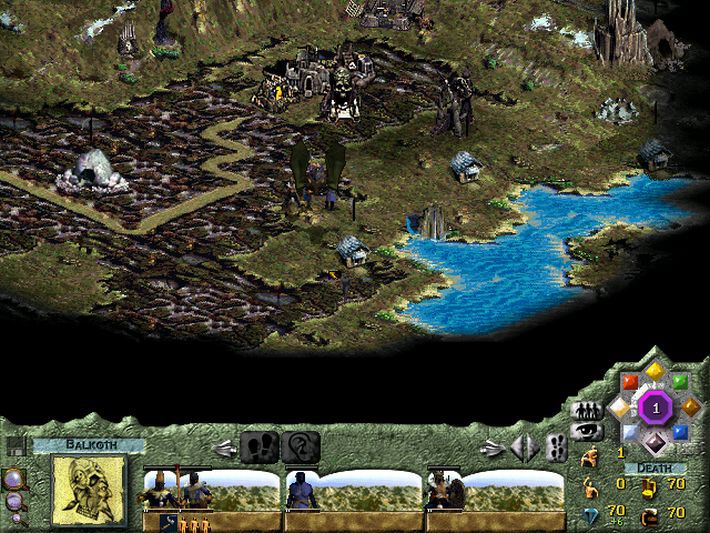


In the opening cutscene of the first Dark Souls game, players witness the world's creation myth, in which fire and darkness is born and three factions join forces to overthrow the dragons of old: Gywn and the Lords of Light, the Witch of Izalith and her Daughters of Chaos, Nito, First of the Dead, and a traitor dragon named Seath the Scaleless. After defeating the ancient dragons, each of these powerful divine figures became rulers of humanity, and won the allegiance of the humans in their domains through force, charisma, and the gifting of three magical arts. Related: Are Demon's Souls And Dark Souls' Worlds Connected and they did so by making these magical arts endowments from the divine beings at the heart of the enigmatic Dark Souls story.

To give these systems of spell-craft a proper place in the world of Dark Souls, developers at FromSoftware had to connect them to the game's setting in some way. Thematically, developers at FromSoftware took a novel approach of presenting their schools of magic – Sorcery, Miracles, and Pyromancy – as gifts bestowed on humanity by divine beings in order to win their allegiance and prevent them from developing their true power.Ī brief disclaimer: two schools of magic in Dark Souls – Sorcery and Miracles – originally came from Demon's Souls, the dark fantasy game that pioneered the entire "Soulslike" sub-genre of RPGs. Many of these Demon's Souls spells – Soul Arrow, Acid Cloud, Heal, God's Wrath – appear in the Dark Souls games practically unchanged in function, but divorced from the world-building of their game of origin. Many of these spells, particularly the fireball and healing spells, are familiar staples of the fantasy RPG genre. The three games of FromSoftware's Dark Souls trilogy have always had a wide variety of magical spells which players could employ, some based off of spells from its predecessor Demon's Souls, others original forms of magic.


 0 kommentar(er)
0 kommentar(er)
